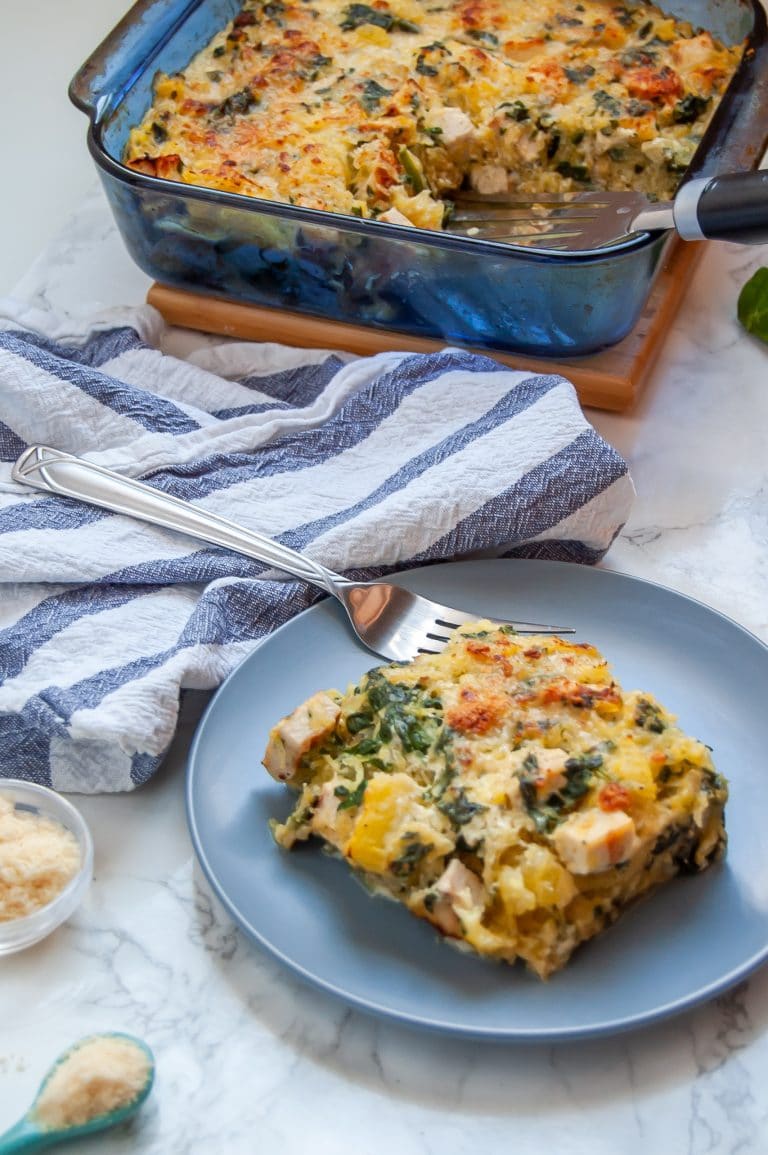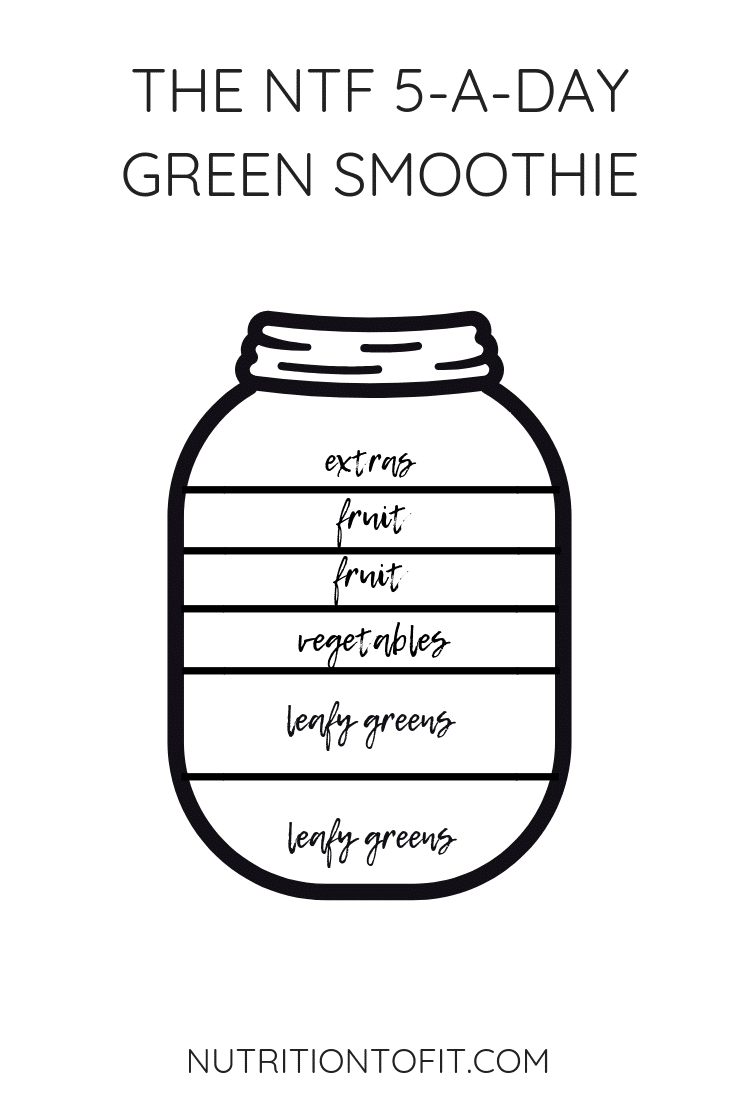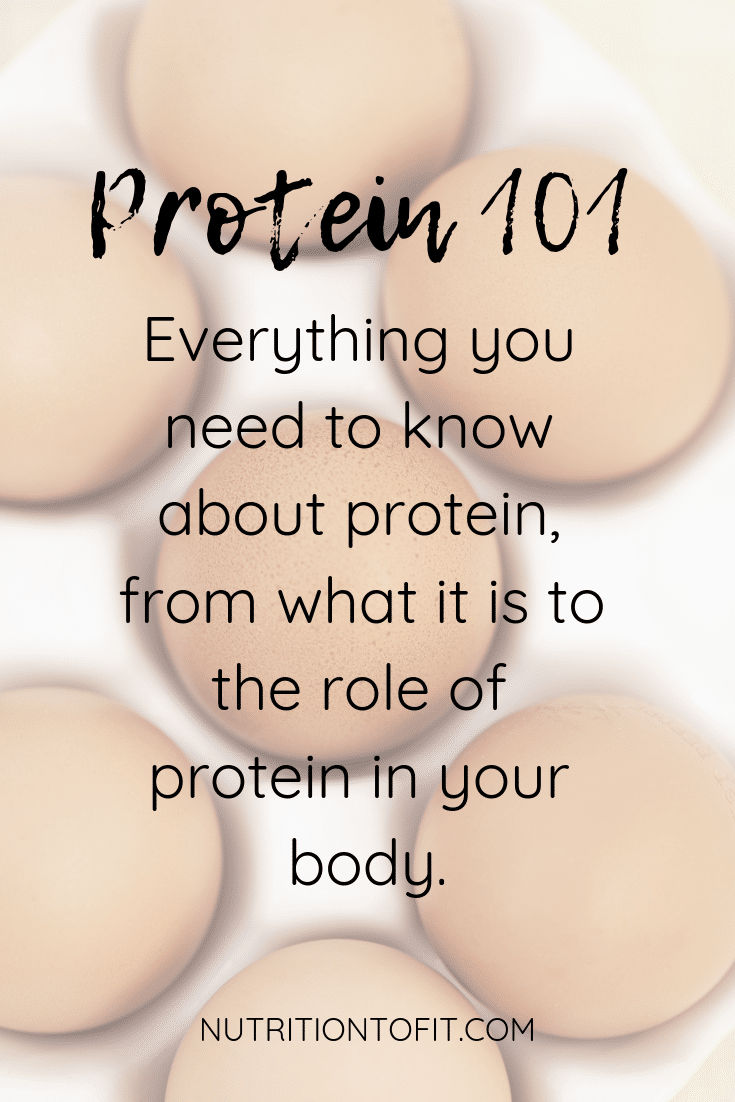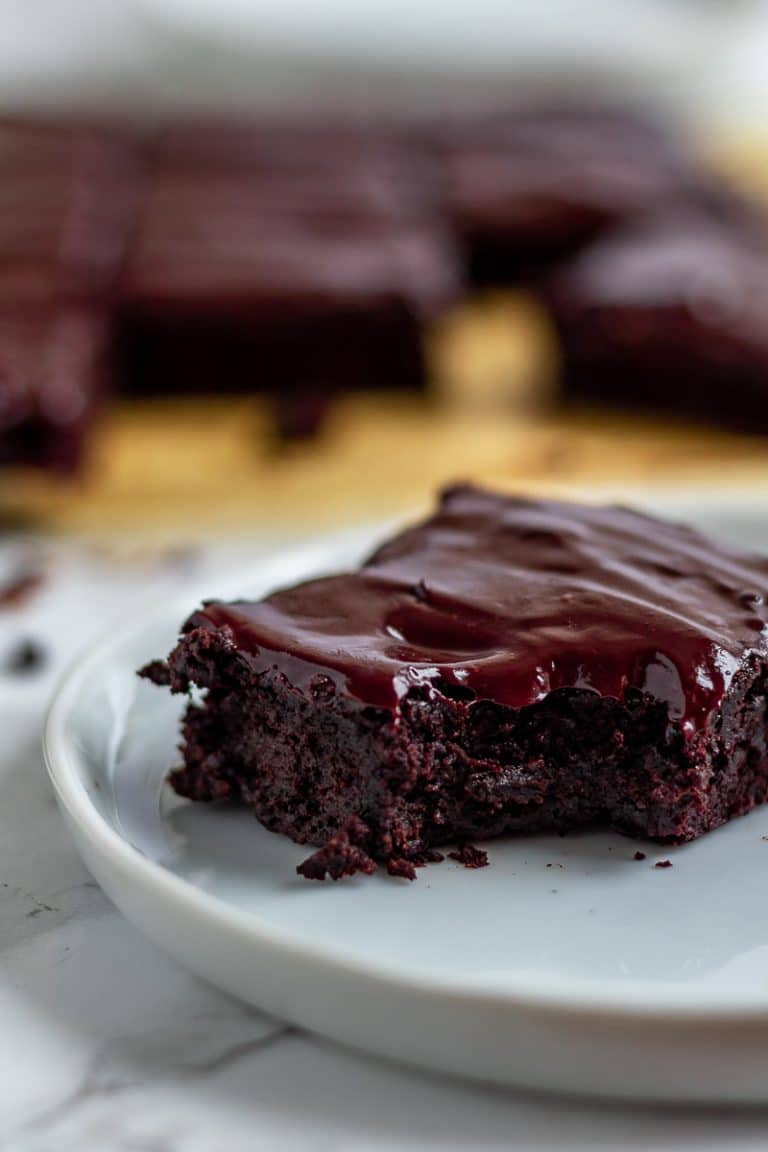Blue Matcha (Is it Really Matcha?)
Blue matcha is a beautiful, trendy drink taking the wellness world by storm. But what is it? Is it really matcha? Why does blue matcha look so different from green matcha? Are there any health benefits? I’m a registered dietitian, and we’re going to take a look at what the evidence has to say.
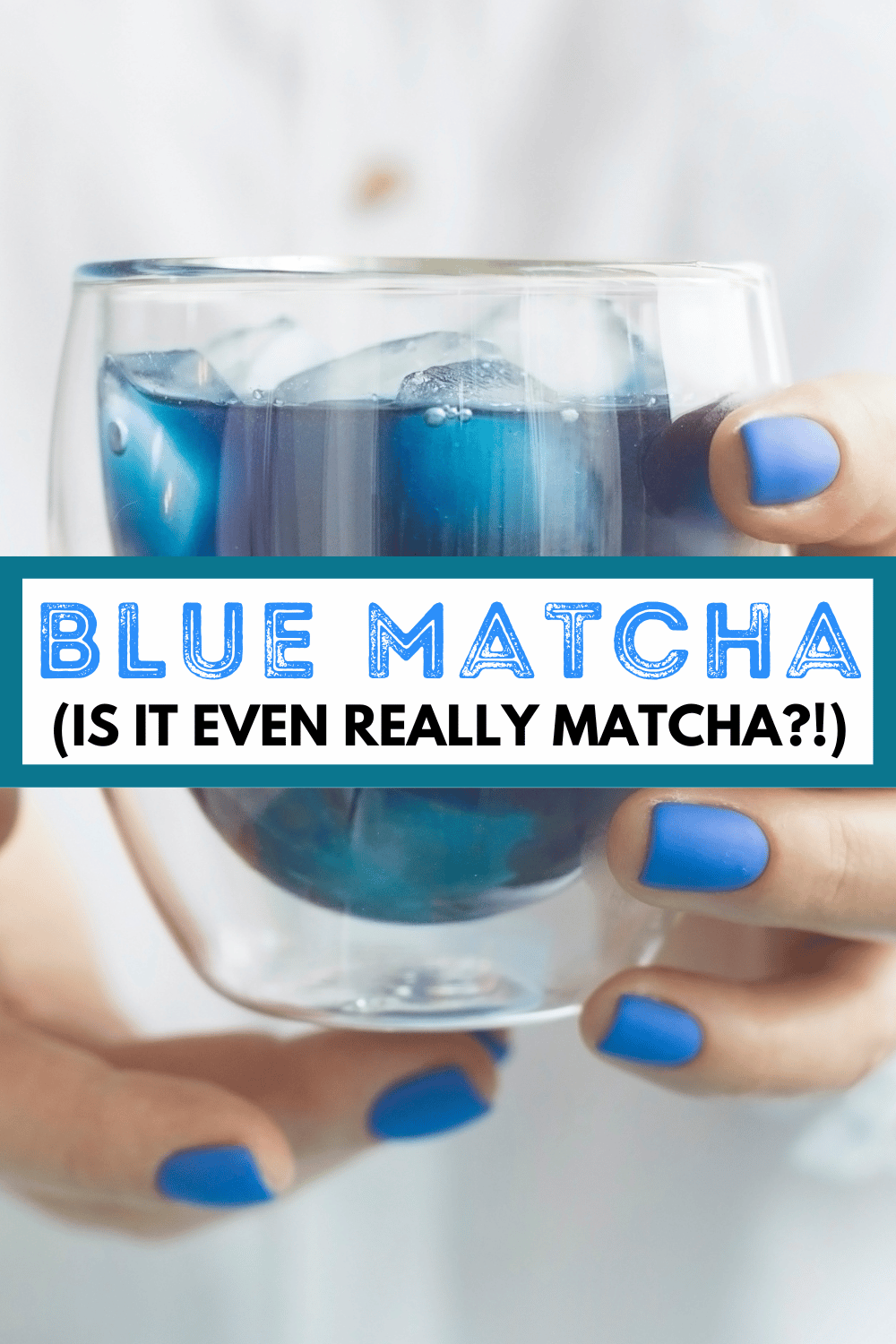
What is Blue Matcha?
Blue matcha is a tea that’s made from dried and ground blue butterfly pea flowers. And while it shares a name with green matcha, they’re actually nothing alike!
How Does Butterfly Pea Tea Compare to Green Matcha?
The biggest difference between blue matcha and green matcha is that they’re not even made from the same plant. Blue matcha is made entirely from the butterfly pea flower plant, whereas green matcha is made from dried and ground tea leaves from the Camellia sinensis plant.
Green matcha has a vibrant green hue, a strong earthy flavor, has incredibly high amounts of antioxidants, is anti-inflammatory, and contains caffeine.
Blue matcha is (obviously) blue in color and has a more subdued flavor. Research suggests it contains some antioxidants and is anti-inflammatory. It is also not a stimulant, as it has zero caffeine.
Check out our article on Butterfly Pea Tea for a very comprehensive look into its research-backed benefits!
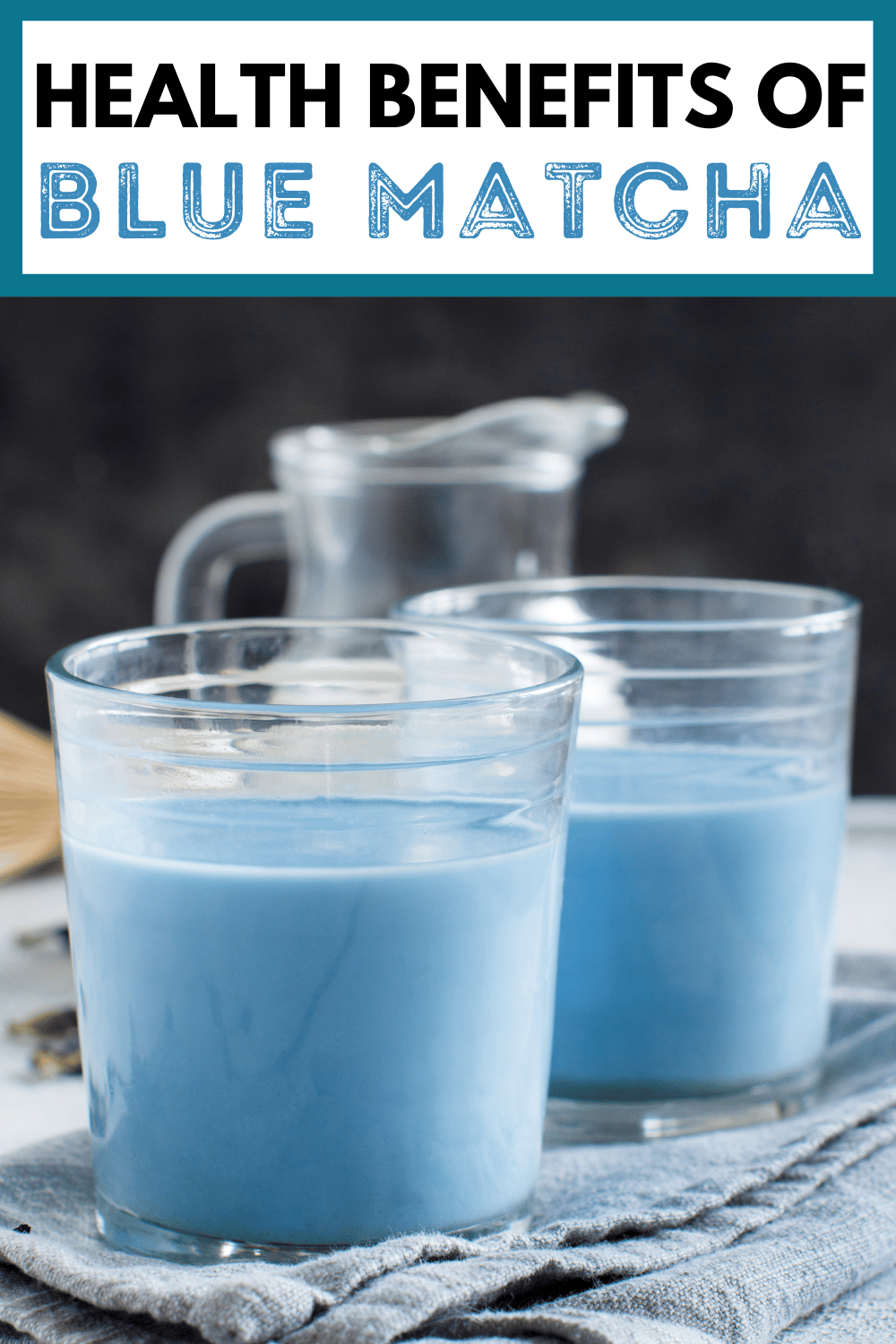
Blue Matcha Benefits
Like many social media health trends and supplement fads (ahem, greens powders and detox waters), the benefits tend to be a bit over-dramatized. And the same goes for blue matcha. There’s just not enough evidence to back up the claims that some influencers have made.
Even its nickname is a bit of a misnomer, as this blue butterfly pea flower tea is completely unrelated to matcha and all the health benefits of authentic green matcha.
But that said, the anthocyanins and phytochemicals from butterfly pea flower extracts may help promote various benefits, such as:
- Antioxidants
- Anti-inflammatory
- Antimicrobial properties
For a deeper dive into the research and benefits of blue matcha, check out our article on butterfly pea tea!
How Do You Use Butterfly Pea Powder
Butterfly pea powder can be used in many ways! Traditionally, it was actually grown to naturally color food lovely blue shades. And you can still use it that same way, adding dried, ground butterfly pea flower powder to dishes like smoothies, overnight oats, and chia pudding to create pretty blue foods.
It can also be brewed with hot water to create a tea. You can also make an Instagram-worth blue latte, too! Check out the Blue Matcha Latte recipe on our sister site, Healthyish Eats!
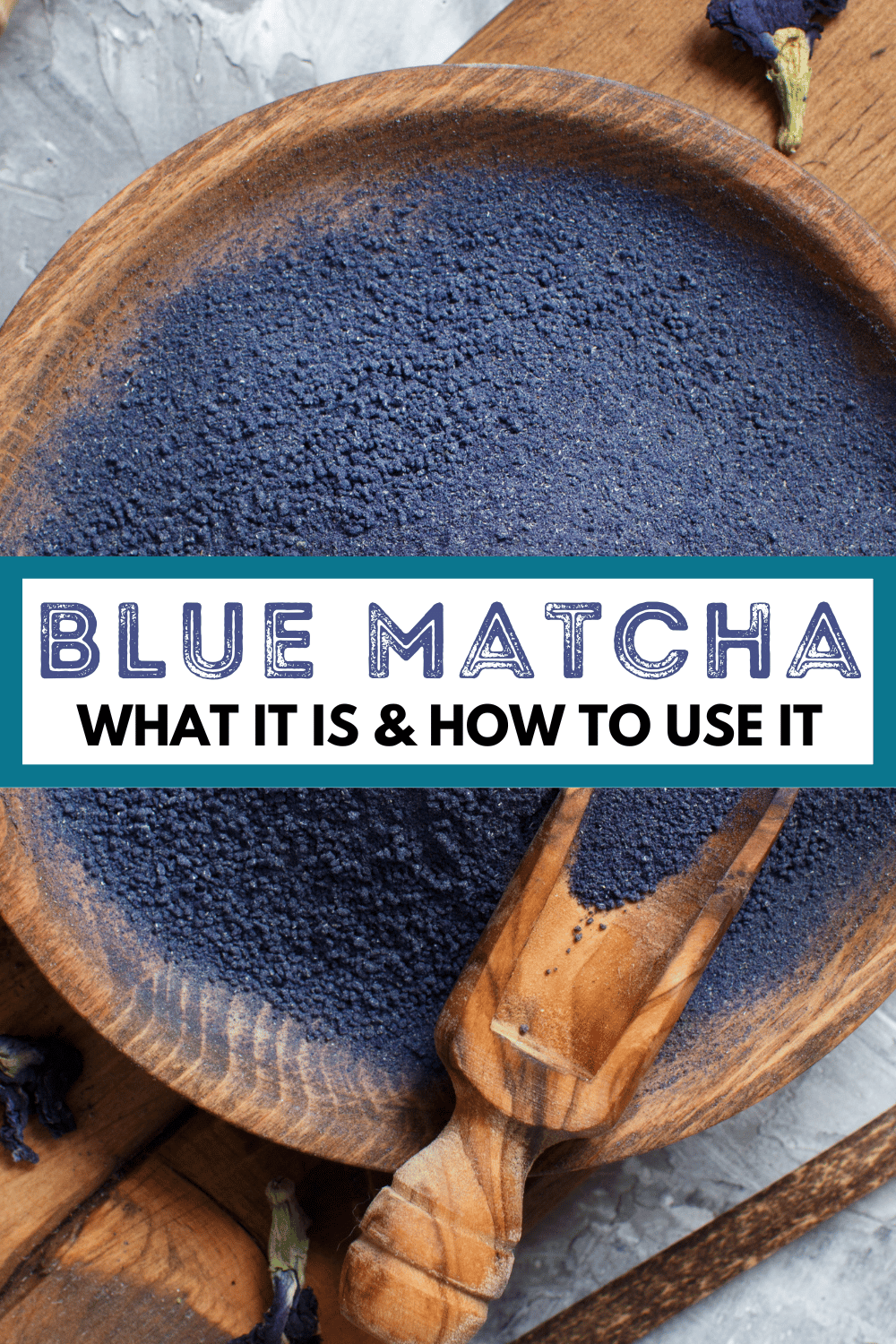
Blue Matcha – Final Thoughts
So, blue matcha isn’t really matcha at all, but in fact is derived from butterfly pea flowers. Early research suggests it may contain some antioxidant and anti-inflammatory benefits, but it truly pales in comparison to the long-established, heavily evidenced benefits of authentic matcha.
That said – blue matcha can be quite beautiful! And there’s currently no evidence to suggest any harm. So if you’re into beautiful blue-hued drinks and eats, go ahead and enjoy that pretty blue matcha latte.

